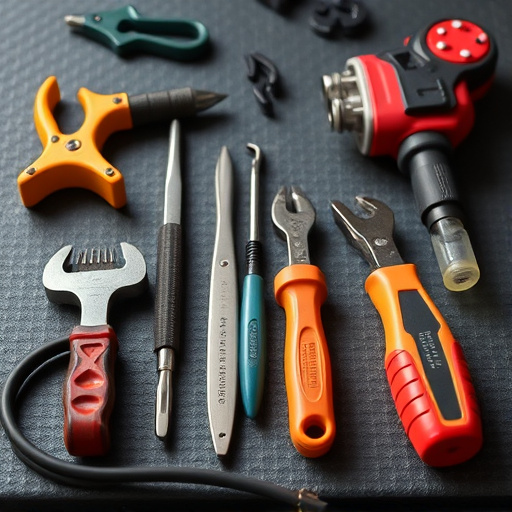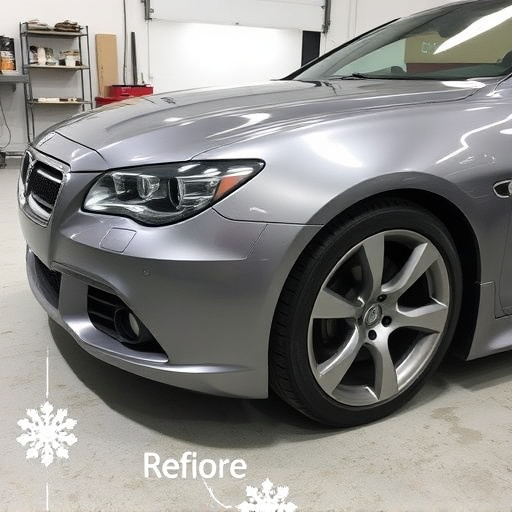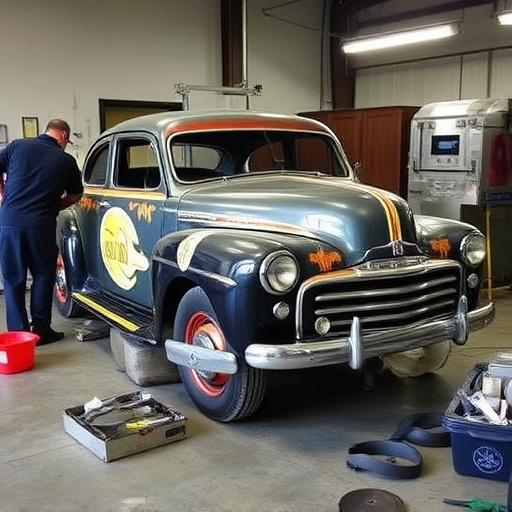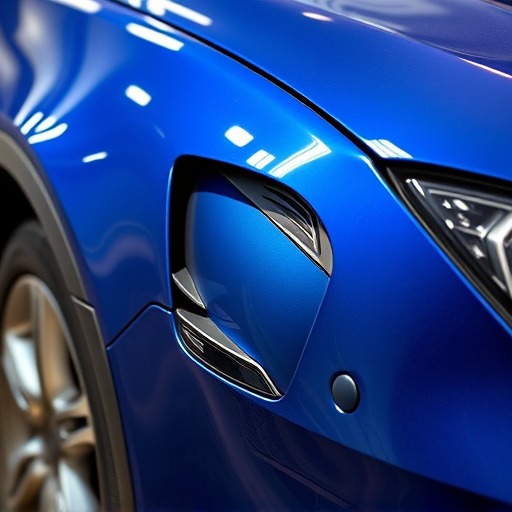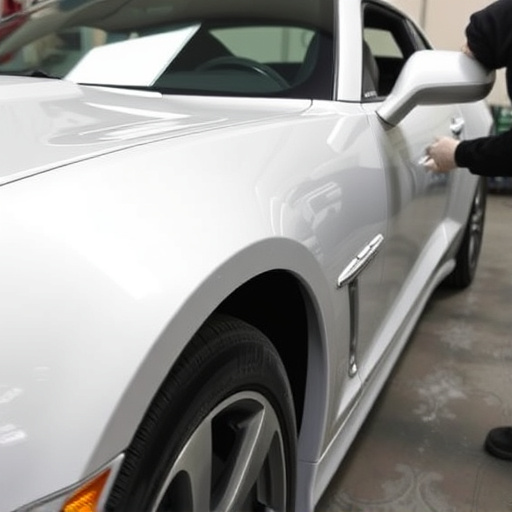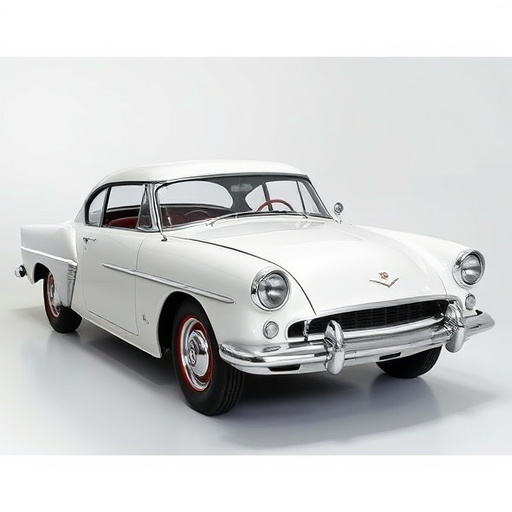The spectrophotometer is a tech-driven solution for precise color matching, crucial in industries like automotive repair and design. It objectively measures light absorption at specific wavelengths, ensuring accurate color replication in processes from classic car restoration to manufacturing. Optimizing techniques including standardized light sources and reference standards further enhance its effectiveness for flawless spectrophotometer color matching.
“Unraveling the science behind accurate color measurement, this article delves into the crucial elements of spectrophotometer color matching. In an era driven by precise visual standards, understanding spectrophotometer technology is essential for achieving consistent and reliable color replication. We explore the key components that form the heart of accurate color measurement, offering insights into optimizing techniques to ensure flawless results. From instrument calibration to sample preparation, this guide illuminates the path to mastering spectrophotometer color matching.”
- Understanding Spectrophotometer Technology for Color Matching
- Key Components: The Heart of Accurate Color Measurement
- Optimizing Techniques for Consistent Color Replication
Understanding Spectrophotometer Technology for Color Matching

The spectrophotometer is a powerful tool in the world of color matching, revolutionizing how we perceive and replicate hues. This technology measures light absorption at specific wavelengths, providing precise data on color properties. In the context of spectrophotometer color matching, it plays a pivotal role in various industries, from automotive to coatings and design. By analyzing a sample’s spectral characteristics, these instruments ensure exact matches during processes like car paint repair, auto glass replacement, or creating perfect finishes for any product.
This advanced technology offers a scientific approach to color, enabling professionals to objectively compare and replicate shades. It goes beyond mere visual inspection, capturing the subtle nuances that make each color unique. Whether it’s for restoring classic cars, repairing minor dents, or ensuring consistent coloring in manufacturing, spectrophotometer color matching delivers outstanding results by bridging the gap between perception and precision.
Key Components: The Heart of Accurate Color Measurement

The heart of accurate color measurement lies in the key components of a spectrophotometer. These advanced instruments are designed to analyse and match colors by measuring light absorption and reflection at specific wavelengths, providing precise quantitative data. At the core, high-quality sensors capture light and convert it into electrical signals, translating visual cues into measurable values. Calibrated standards and reference materials play an indispensable role, ensuring consistent and reliable results. This meticulous process is crucial for achieving consistent color matching in various applications, from automotive industries requiring flawless auto glass repair and fleet repair services to the meticulous classic car restoration process where every shade matters.
The spectrophotometer’s ability to dissect colors into their constituent parts—red, green, blue, and beyond—enables it to replicate and match them with remarkable accuracy. This technology is not just confined to modern manufacturing; it has also found its place in artistic fields, ensuring that vibrant hues remain consistent across different mediums. By understanding these key components, users can unlock the full potential of spectrophotometer color matching, achieving perfection in both industrial applications and creative pursuits.
Optimizing Techniques for Consistent Color Replication

In the realm of spectrophotometer color matching, optimizing techniques are essential for achieving consistent and accurate color replication. This involves a meticulous process where various factors are carefully controlled to minimize variations. One key technique is using standardized light sources, ensuring the spectrophotometer is calibrated to measure colors under uniform illumination conditions. By eliminating ambient light interference, this method allows for precise comparisons between different samples.
Additionally, the utilization of reference standards and color charts aids in consistent measurement. These tools provide a known color basis, enabling the spectrophotometer to accurately match and replicate hues. For professionals in sectors like car repair services or vehicle body repair, understanding these optimization techniques is vital. Even for seemingly simple tasks like dent removal, ensuring precise color matching is crucial to achieving seamless results that blend with the original vehicle’s finish.
A spectrophotometer is a powerful tool for achieving precise spectrophotometer color matching in various industries. By understanding its technology, recognizing key components, and employing optimal techniques, you can ensure consistent color replication across different mediums. These elements are essential for maintaining brand consistency, enhancing quality control, and delivering accurate results in every application that relies on color measurement.
